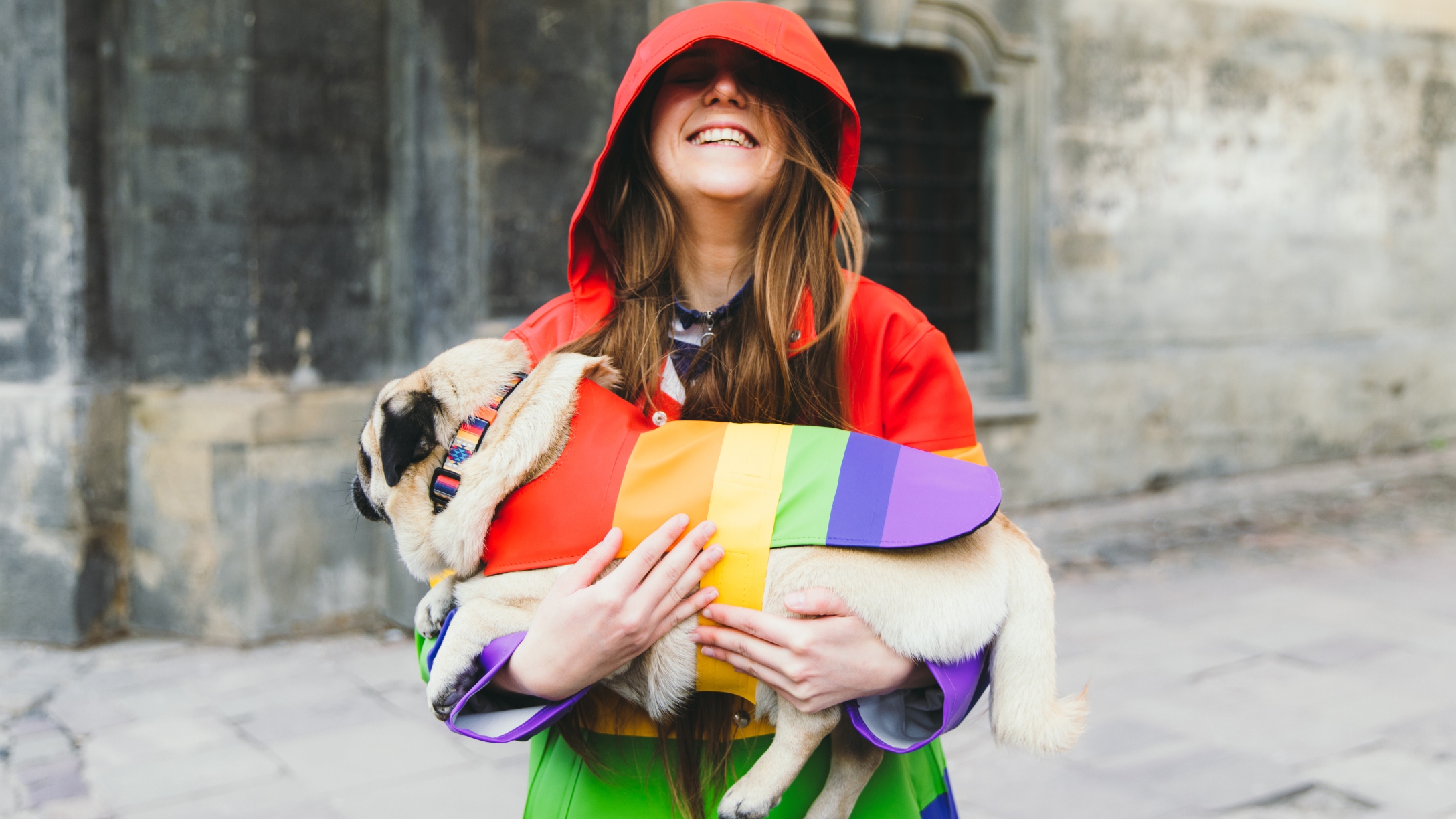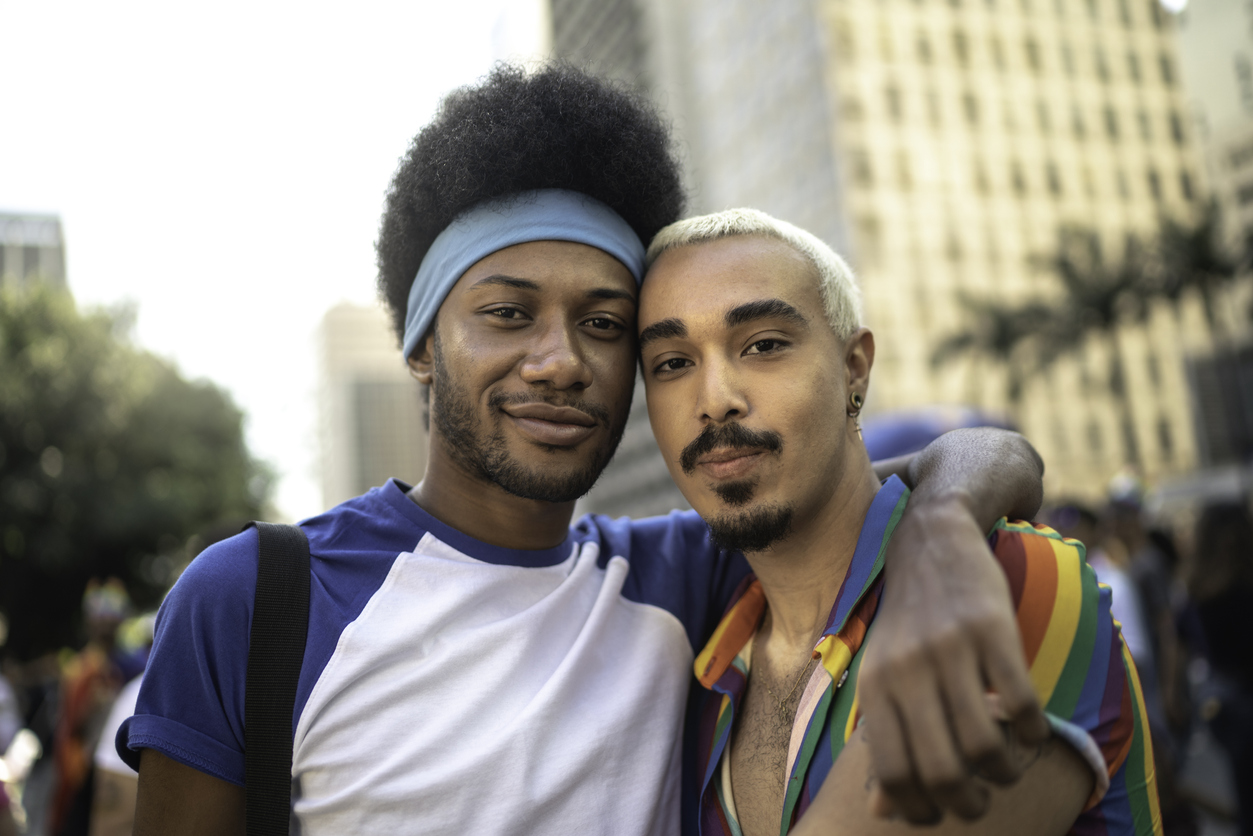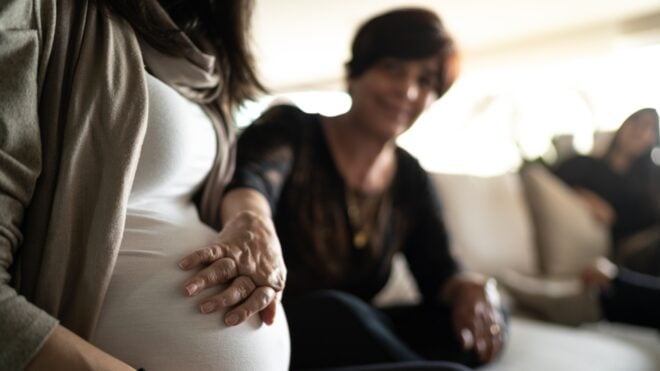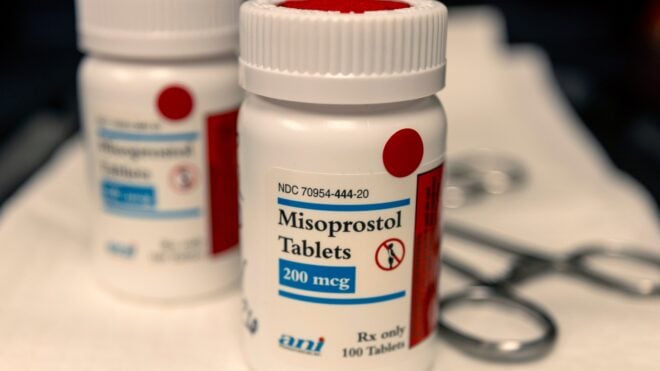
Pride Month is almost over, which means most companies will put the rainbow flags and limited-edition products back into the closet until next June. Pride Month offers Pride events with true queer visibility and representation, but often the month is used as way to perform allyship in order to improve a company’s bottom line. While I love seeing more rainbow flags flying and financial donations being offered to LGBTQIA+ folks and organizations working to protect the lives of queer people, I want to see this visibility and effort at representation year-round. Queer folks exist year-round — we make up 4.5% of the United States — and we need and want to be seen. While businesses don’t always market to us, the media is slowly getting better at representing the LGBTQIA+ community, but it’s still not enough.
Using OnePoll, travel brand Orbitz — which has a long-standing commitment to inclusive travel — recently did a survey of 2,000 LGBTQIA+ Americans, asking them to provide their thoughts on queer representation in the media. While queer visibility is improving in the media, two-thirds of LGBTQIA+ respondents said it’s still “greatly lacking.” And when there is representation, it either is problematic, is monolithic, or feeds into stereotypical tropes that appeal to the heteronormative, white gaze.

Only 31% of respondents in the Orbitz poll said that when they first saw someone like them in the media, the portrayal was positive. In the survey, 47% said seeing themselves helped them realize their own identity, while another 63% said positive representation helped them feel more comfortable in that identity.
I’m a nonbinary, trans masculine human being. I’m a hybrid between and encompassing the male and female genders. And while it’s hard to be the only queer person in a room or the only person who looks like me, I want people to see me so that their brains can fight the biases they have about gender and gender expressions. I often have the privilege of safety, so I’m happy to be that representation for both queer people and those who are not. But I can’t be everywhere, and not everyone has the ability to be visible. Also, I’m white. We need more positive and diverse representation of the LGBTQIA+ community.
Stacie de Armas, Nielsen's senior vice president for diverse consumer insights, says, "When you look across the TV landscape, the LGBTQ population looks well represented. But when we look deeper, and at intersectional groups, it’s clear there is a need for greater diversity in LGBTQ representation. White LGBTQ people are most represented on screen, while female LGBTQ people of color and Latinx LGBTQ people are below parity compared to their population estimates." Seeing nonbinary characters is even harder.
When I don’t see myself, I struggle to feel rooted in an identity that I know is perfect for me, because it also means I’m constantly the one explaining what it means to be nonbinary. I’m always being misgendered and/or explaining the use of my they/them pronouns. It’s exhausting. On days that are hard and I feel like I will always live in a world that will never adjust for those of us who live outside of the binary, I start to think something is wrong with me; society often confirms this. Getting to know nonbinary folks through television and movies takes away this burden of representation I feel and allows people to better understand a person from a marginalized group.
Representation also reduces stigma around the LGBTQIA+ community. Two of the most stigmatized groups are trans people — specifically Black transgender women — and those living with HIV and AIDS. DaShawn Usher, GLAAD’s program officer of communities of color, says, “While there have been so many advances and developments in HIV education, prevention, and treatment, I cannot say the same when it comes to Hollywood telling these diverse and compelling stories. Hollywood must tell these stories that not only entertain, but which also have the opportunity to inform and educate its audiences.”
I would be part of the 39% of Orbitz respondents who said they stop engaging with certain media because it plays into harmful stereotypes of the queer community. This includes trauma- and death-filled story lines. The queer community is more than the bad things we face every day; we are resilient, joyful, beautiful, and sometimes boring. We are as diverse within our community as we are outside of it.
I tend to look for queer representation that exists in mainstream reality. Carl Nassib just came out as the first gay active NFL player. Pop star Demi Lovato identifies as queer and is using they/them pronouns. Anderson Cooper and Rachel Maddow are openly gay news anchors and talk show hosts. Pop/hip-hop star Lil Nas X is a Black gay man. Sarah McBride is the first transgender state senator. Elliot Page and Laverne Cox are transgender actors and activists. Celebrities Billy Porter and Jonathan Van Ness are both queer and living openly with HIV. All of these people are the representation the queer community needs to see because they are people in our community who are thriving, fighting, and making history — not despite but because of their queer identities.
America needs to see us, too. The LGBTQIA+ community is more likely to be more accepted and respected when folks get the chance to know our stories. Representation and visibility year-round would improve the well-being and safety of LGBTQIA+ identities.







